16 Days
Moderate
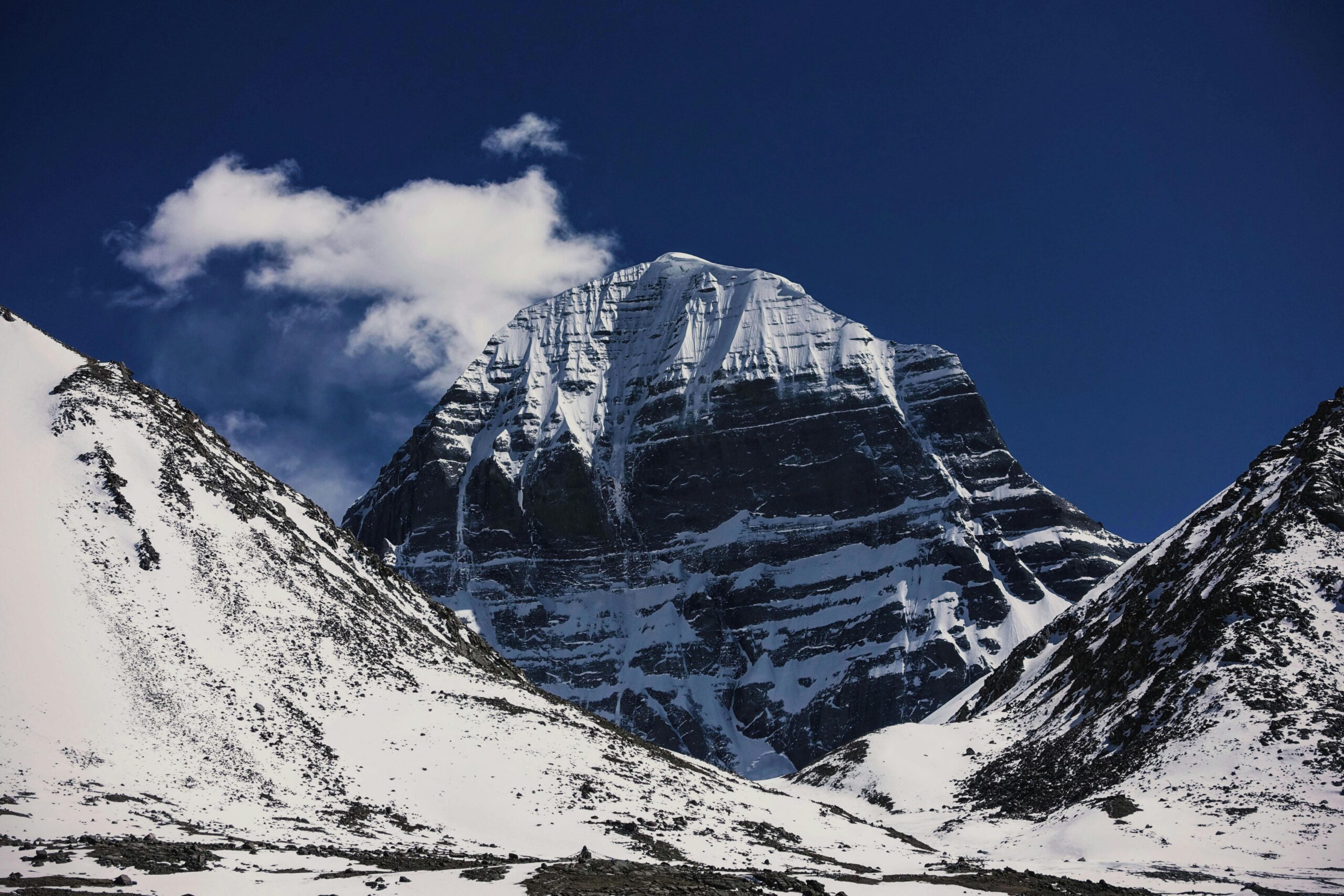
The Kailash Kora pilgrimage ranks among the holiest journeys on Earth for devotees of Hinduism, Judaism, Buddhism and Bon practitioners. Every year, travelers conduct this sacred pilgrimage near Mount Kailash, which stands tall at 21,778 feet above sea level. This spiritual trail leads through natural splendor while preserving deep spiritual principles.
The holy site receives yearly visits from people who come from worldwide backgrounds to face the remarkable challenges of this spiritual adventure. At the Kailash Kora, visitors find unique experiences because each person discovers their special aspect, whether they aims for spiritual development through ancient traditions or wants to witness incredible natural spectacles.
This guidance provides complete information about everything you require to understand. The information about history and spirituality, along with Kora’s Outer and Inner specifications, will give you the necessary preparation to tackle this extraordinary journey. You will find here complete planning tips alongside itineraries that will ensure you create unforgettable memories exploring Mount Kailash.

16 Days
Moderate
In English, the Tibetan term “kora” literally means “circumambulation” or “revolution.”
Hindus consider the “Kora” as a sacred circular pilgrimage in Tibetan belief that must be walked clockwise. Performing the Kailash Kora offers its participants an intense spiritual encounter that transcends ordinary trekking. Spiritual beliefs about this religious journey suggest that finishing it destroys all sins and provides blessings along with religious liberty and awakening.
The Kora has two principal approaches that pilgrims must take. Pilgrims, together with trekkers, can choose the Outer Kora as it provides an accessible pilgrimage experience. Only experienced and well-organized individuals who use guide services can attempt the challenging Inner Kora. The two walking paths travel alongside the mystical Mount Kailash, where masses of religious and cultural tradition have accumulated through centuries.
Many religions consider Mount Kailash to be the religious center of the world because it possesses significant spiritual value. Lord Shiva resides in Mount Kailash according to Hindu beliefs because this holy site abounds with divine cosmic energy. Buddhists see Demchok as the deity representing ultimate bliss through their beliefs about this place. Jains revere the site since their first Tirthankara reached enlightenment there and followers of Bon religion believe it possesses mystical power.
Over the Kailash Kora pilgrimage route, pilgrims find an opportunity to deepen their spiritual connection through the journey. Throughout your journey, you will encounter multiple religious sites, such as Lake Mansarovar, resting at 14,950 feet elevation, and important locations, including Yam Dwar and Dolma-La Pass, where many individuals pray and demonstrate their homage. The entire journey on this sacred path offers worshippers a daily connection to eternal divinity.
The Kailash Kora’s historical background combines religious texts with historical traditions to make up this sacred pilgrimage. The Hindu faith considers Mount Kailash to be a sacred location where divine energies reside, according to the Skanda Purana religious texts. Walking the Kora represents a complete spiritual purification that gives Tibetan Buddhists both religious merits and forgiveness of sins. People from all faiths and cultural backgrounds have faced harsh conditions and perilous land to perform this holy journey seeking spiritual fulfillment.
These sacred trails serve to reveal the traditional spiritual beliefs as well as spiritual practices maintained over many years. Walking through these routes allows people to perform both physical activities and experience ancient wisdom alongside spiritual tenets. Walking The Kora transforms the heart with profound spiritual knowledge about living devotedly and understanding divinity.
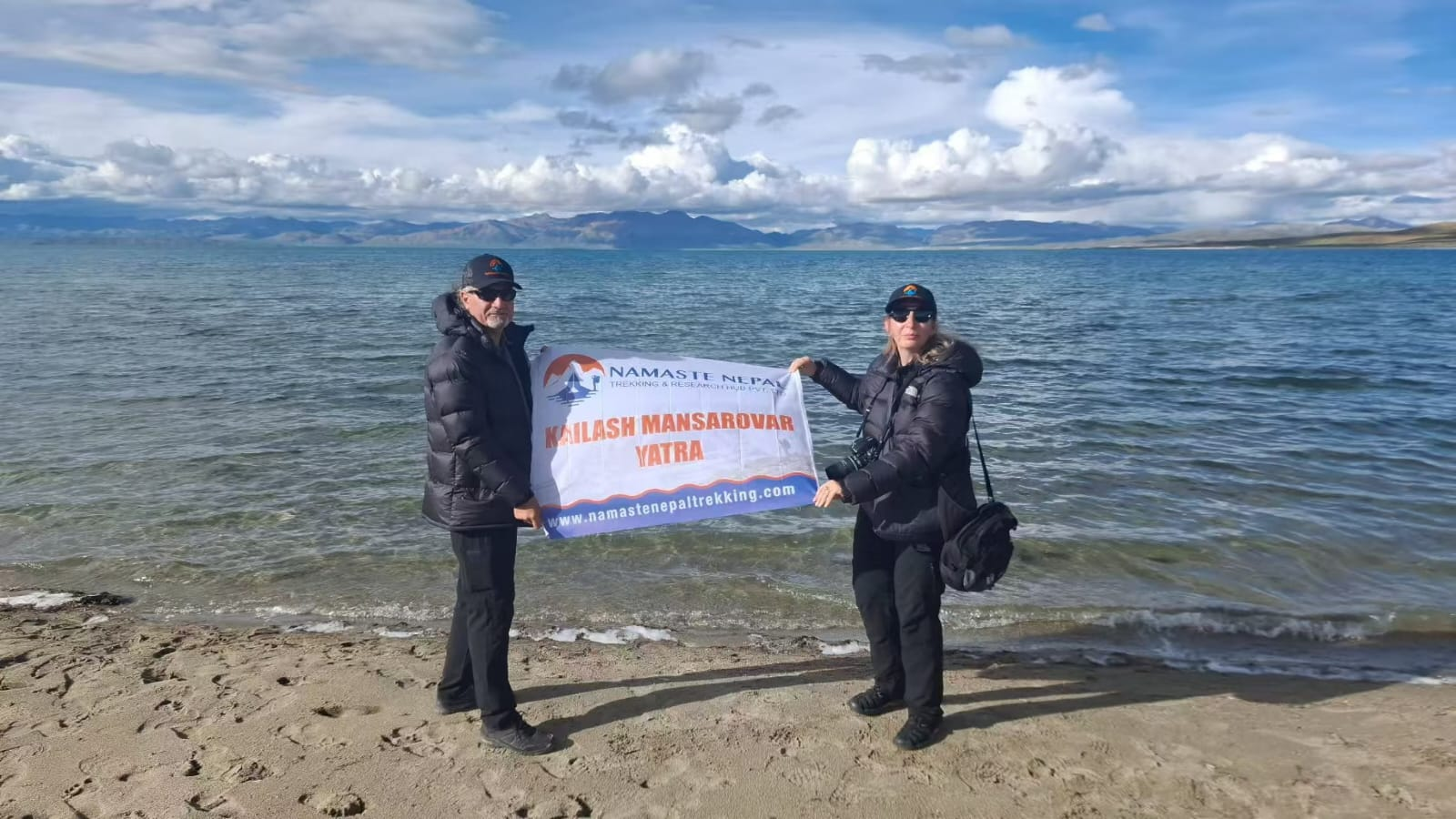
Travelers can easily access the Outer Kora journey because it serves both spiritual needs and adventurous exploration. The Outer Kora extends for 52 kilometers, which most pilgrims cover in two to three days. The route travels from and back to Darchen, which resides 15,000 feet beneath Mount Kailash.
The journey consists of stopping at Dirapuk Monastery, where pilgrims can take in spectacular vistas of Mount Kailash due to its renowned location. The Dolma-La Pass stands as the toughest obstacle for trekkers since it reaches a height of 18,372 feet. The challenging journey across the Dolma-La Pass proves spiritually fulfilling to many people who make this trek.
Excursions along the Outer Kora show visitors more than the picturesque mountain views. The location offers pilgrims an opportunity to explore their spirituality and personal serenity within the majestic sites of nature.
The Inner Kora provides spiritual seekers with an intensive and purposeful religious experience in addition to its scenic value. The Inner Kora provides shorter distances than Outer Kora paths; however, its extreme terrain conditions make it necessary to have skilled Tibetan guide services alongside strong physical abilities. Pilgrims avoid the Inner Kora as it requires specialized knowledge since the challenge becomes much more demanding.
The scenic journey passes through two important sacred locations, which include Atmalingam and Nandi Parvat, that harbor great spiritual importance. By passing through these landmarks, pilgrims fulfill their spiritual journey toward the divine aspects of Mount Kailash and create an enduring, profound experience.
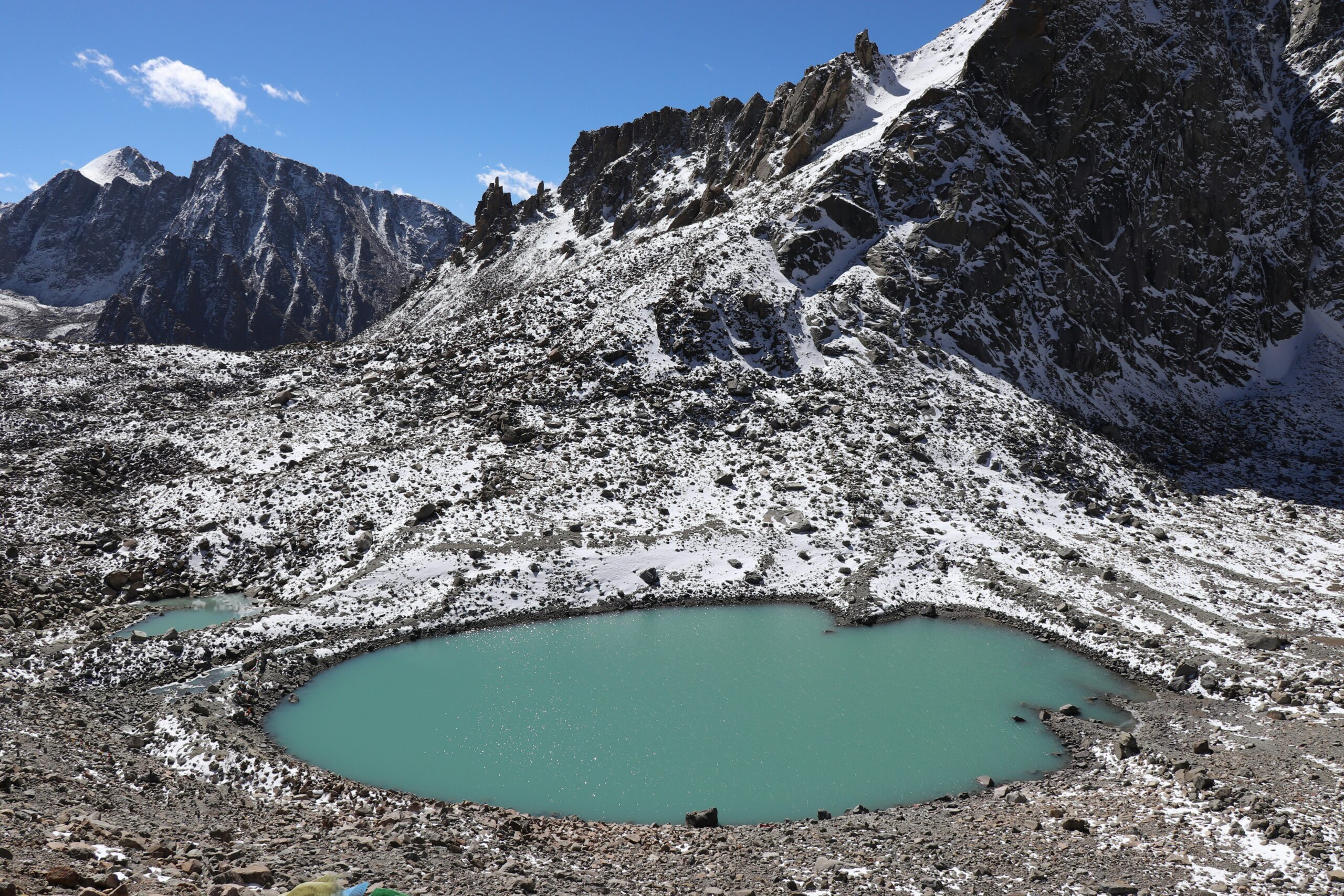
If you’ve been thinking about walking the sacred Kailash Kora, here are some intriguing facts that might inspire you to start planning your pilgrimage:
The Kailash Kora is more than a pilgrimage—it’s a once-in-a-lifetime opportunity to connect with nature, history, and the divine. Take these inspiring facts as your first steps toward planning this unforgettable spiritual journey!
Are you planning for a spiritual Kailash Kora pilgrimage in the sacred land of Tibet? If Yes, you need to have a proper understanding of the Kailash Kora Map so that you can make your trek safe and memorable by following proper acclimatization plans.
The Kailash Kora map functions as both an essential pathfinder and spiritual guide for your holy expedition. The complete trail begins at Darchen Base Camp (15,000 feet elevation), displaying important landmarks such as Dirapuk Monastery, Zuthulphuk Monastery, Tara River and Yam Dwar, along with the mythical Dolma-La Pass.
In each of these spots that you will encounter during the Kailash Kora, you will experience spiritual significance and witness breathtaking views. Outer Kora is easy, and many travelers can be seen on the trekking routes but in the path of Inner Kora, you will find very few travelers, and it is like traveling in hidden trails. The Inner Kora is a completely different story. Its rugged and demanding terrain requires detailed mapping and the expertise of skilled guides to ensure a safe passage.
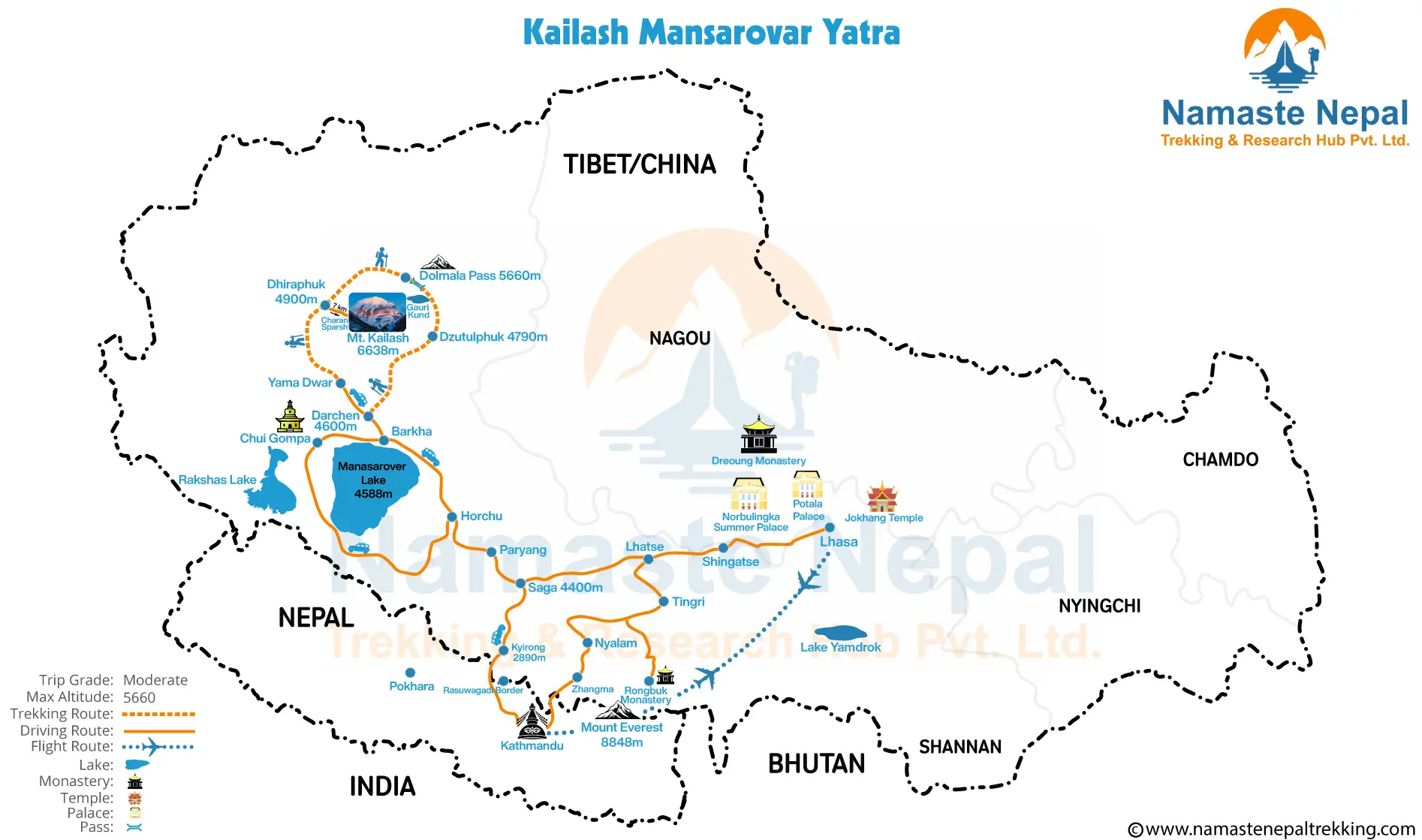
Along with the Kailash Kora map, it is important to have the proper Acclimatization plan during the Kailash Kora: Kailash Outer Kora and Inner Kora. Both Kora take you to altitudes above 5,000 meters. So, walking at such a high altitude where the oxygen level is low, travelers can face difficulties in walking and breathing due to altitude. So, you need to have a proper acclimatization plan to overcome these difficulties and to reduce the effects of altitude sickness during the Kora.
Planning ahead is one step toward success, and if you don’t plan for preparation, the chances of successful travel might not be possible. So, follow proper acclimatization plans and maintain good health and fitness, along with the knowledge of preventing altitude sickness.
Kailash Kora is considered a moderate in Difficulty grading, so you need to have proper planning before undertaking the Kora. So, following the things we have listed below, you can prepare accordingly.
Kailash Kora is not a normal type of trek; it is composed of mixed trekking which demands both physical fitness and mental fitness. Visitors who are planning for this trek must build stamina to walk for 5-6 hours on average at high altitude conditions. Focus on building strength building, cardio exercise and mentally prepare for the challenge that you need to deal with during the trek.
When you carry the right gear with you then it helps to deal with the challenge that arises in this demanding trek. We suggest you carry comfortable and durable trekking boots, clothing timers, sleeping bags, waterproof gear, lightweight backpacks, reusable water bottles, snacks or anything else you might need to stay comfortable and safe in remote areas.
Kailash Kora, which is located in Tibet, is controlled by the Chinese government. So you need to obtain a proper visa, and Tibet permit for this Kailash Kora. Traveling solo is banned for foreigners in Tibet, and you need to travel in a group with the assistance of registered agencies. Your tour or trekking agency will help to obtain all the permits and visas so plan your trek only through the authorized agency.
If you are planning to choose the Inner Kora in Tibet, don’t forget to team up with experienced and certified Tibetan Guides. They will help you to navigate these extremely challenging trekking routes so that you will remain safe during the Kora. Take enough time to prepare for the Inner Kora because even if it takes a short time to complete, it is a different story than the Outer Kora.
| Day 1 | Arrival at Darchen Base Camp. Begin acclimatization |
| Day 2 | Start trekking toward Dirapuk Monastery, with serene views of Mount Kailash |
| Day 3 | Cross the Dolma-La Pass and descend toward Zutulpuk Monastery. |
| Day 4 | Finish the trek at Darchen and celebrate completing the Outer Kora |
| Day 1 | Reach Darchen for acclimatization. |
| Day 2 | Begin the trek. Visit sacred locations like Atmalingam and Nandi Parvat, and return by evening. |
| Day 3 | Rest and optional visits to nearby religious sites. |
All the foreign nationals who want to perform the Kailash Kora can book the tour package from Nepal easily. The price of the Kora depends upon various factors like the routes you choose, transportation, itinerary days, food, and accommodation. For Kailash Kora, it will cost you around $2,300 to $6,000 per person.
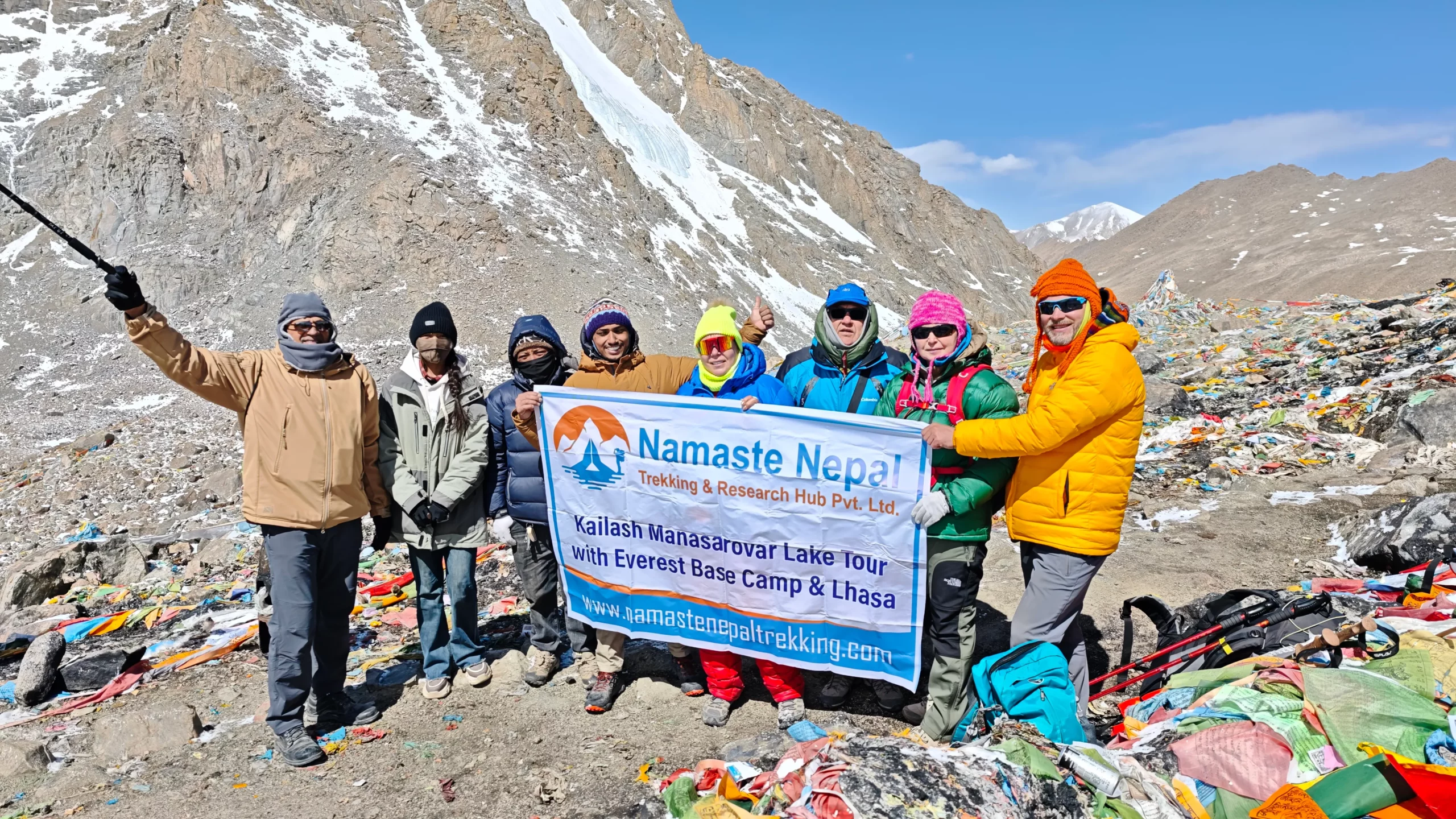
We are delighted to share that the Kailash Mansarovar Yatra and Kora have resumed since 2025 for Indian citizens holding an Indian passport. This sacred journey to Mount Kailash (6,638m) and Lake Mansarovar (4,590m) is one of the most spiritually powerful pilgrimages in the world for indian citizens.
Our Kailash Mansarovar Yatra with Kora package for Indian citizens starts from ₹2,10,000 INR per person (2025 season).
All the Nepalese who want to perform the Kailash Kora can easily book the tour package with us. For Nepalese, Kailash Kora will cost you, on average, 1,80,000 to 2,50,000, depending upon the package you choose.
Reservation or booking for the trip to Tibet for the Kailash Kora is open for all through Namaste Nepal. Namaste Nepal has been organizing the Kailash Kora tour for a long time and will provide you with an expert team when you book the tour package with us. Your safety will be our top priority, and to make your journey hassle-free, we will arrange everything from permits, food, accommodation, transportation and even a personal porter or horse for Kailash Kora.
| Arrival in Nepal | Visa Summit Date | Departure to Tibet | Final departure from Nepal | Remarks |
| 20 April | 21 April | 27 April | 08 May | 1 May: First Full Moon of May |
| 21 May | 22 May | 27 May | 7 June | 31 May: Second Full Moon / Blue Moon of May |
| 7 June | 8 June | 12 June | 25 June | Everest Base Camp & Lhasa |
| 14 June | 15 June | 19 June | 29 June | Available; Filling Fast |
| 21 June | 22 June | 26 June | 6 July | 29 June: Full Moon / Astronomical Full Moon |
| 5 July | 6 July | 9 July | 20 July | Available; Filling Fast |
| 19 July | 20 July | 24 July | 4 August | 28 July: Full Moon |
| 28 July | 29 July | 01 August | 11 August | Available; Filling Fast |
| 2 August | 3 August | 6 August | 17 August | Available; Filling Fast |
| 18 August | 19 August | 24 Aug | 03 September | 27 Aug: Full Moon |
| 15 Sept | 16 Sept | 21 Sept | 1 October | 25 Sept: Full Moon |
Note: Pilgrims can even choose the full moon date to perform the Kailash Kora or travel on the festival date, like Kailash Saga Dawa festival, to make it more adventurous. You can also add a visit to Everest Base Camp to your itinerary. Also, Kailash Kora with Kailash Charan Sparsh is possible when booking with Namaste Nepal.
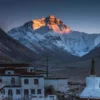
19 Days
Moderate
Kailash Kora is one of the spiritual journeys in Tibet that you must do once in your lifetime so that you will understand the true meaning of Kailash Kora. When you perform the holy Kailash Kora around the spiritual mountain, Mt Kailash( Kailash Parvat), then, you will feel inner transformation with spiritual power. This Kora helps you to connect with the beautiful nature and spiritual pilgrimage sites that will inspire you every step you take in this holy place.
The power and divine energy of Mount Kailash are felt by those who have walked here. If you are among those who want to discover your inner self and gain a sense of spirituality in its purest form, then the Kailash Kora is for you.
What is Kailash Kora?
⇒A pilgrimage walk around Mount Kailash in Tibet is known as the Kailash Kora.
What are the types of Kailash Kora?
⇒There are two types of Kailash Kora: Kailash Outer Kora and Kailash Inner Kora.
How long does it take to complete the Kailash Outer Kora?
⇒The 52-kilometer Kailash Outer Kora circuit around Mount Kailash usually takes three days to complete.
How long does it take to complete the Kailash Inner Kora?
⇒The Kailash Inner Kora is a strenuous hike around Mount Kailash that covers around 32 kilometers of hard terrain at high altitude, but it can be completed in one day.
Which one is tougher, Kailash Outer Kora or Kailash Inner Kora?
⇒The Kailash Inner Kora is comparatively tougher than the Kailash Outer Kora. Even though the Inner Kora can be completed in a single day, it is extremely challenging due to its secret trekking routes and demanding terrain.
When is the best time for the Kailash Kora?
⇒The best time to perform the Kailash Kora is between May and October due to perfect weather conditions for trekking, and trekkers can see the magnificent Mount Kailash and other beautiful landscapes without any obstruction.
Can I Hire a Personal Porter or Horse for Kailash Kora?
⇒Yes, there is an option for you to hire a personal porter or horse for the Kailash Kora to make your journey less strenuous.